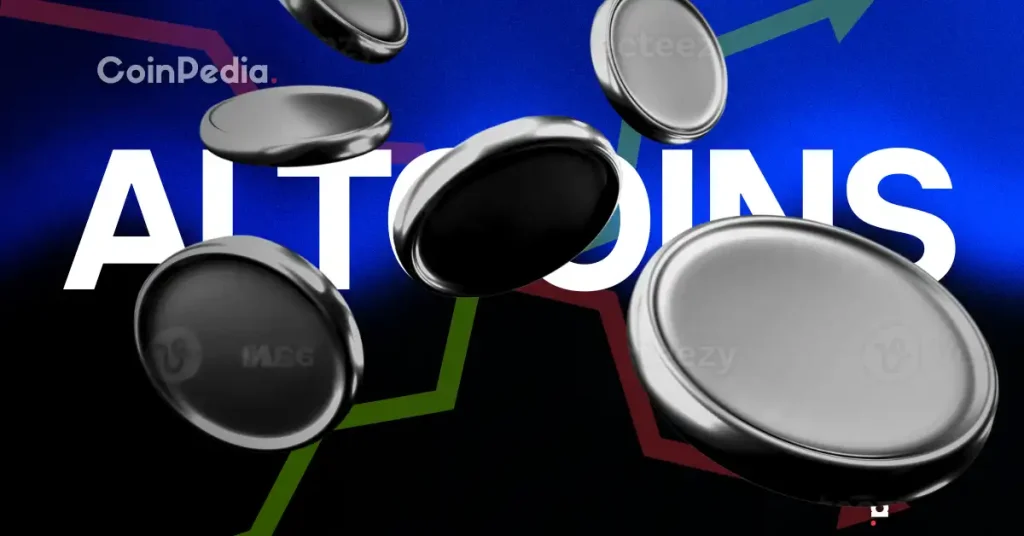The U.S. Securities and Exchange Commission (SEC) unveiled its initial Project Crypto guideline on August 5, 2025, marking a significant shift in the regulatory landscape for liquid staking. This directive clarifies that certain liquid staking products are exempt from being classified as securities. It specifies that liquid altcoins, which are distributed through administrative or technical methods without entrepreneurial effort, won’t be considered as such. This announcement could be a turning point, encouraging institutional investors who were previously cautious due to regulatory uncertainties.
What Does This Mean for Institutional Investors?
According to Abdul Rafay Gadit, co-founder of ZIGChain, the SEC’s decision paves the way for innovative strategies in corporate treasury management. Institutions like pension funds and asset managers can now potentially secure returns of between 5% to 15% annually from staking rewards while maintaining liquidity using liquid altcoins. This adaptability addresses prior incompatibilities with traditional accounting and liquidity needs, thus removing the barriers posed by long-term lock-up periods.
Furthermore, staking coins can serve as collateral in trading or be integrated within various portfolio management strategies, hence retaining income from staking activities. Abdul Rafay Gadit suggests that such advancements will likely promote wider acceptance, stimulating institutional involvement to support the security and scalability requirements of Blockchain technology.
How Does Regulatory Clarity Impact Growth?
Marcin Kazmierczak, co-founder of Oracle protocol RedStone, regards the SEC’s decision as a landmark for the cryptocurrency sector. He predicts a rise in interest for Ethereum-based liquid staking protocols, contributing to ecosystem growth.
Defillama’s data reveals a significant surge in total value locked (TVL) in liquid staking, rising from $31.14 billion to $71.16 billion in 2024, with a recent value of $68.66 billion as of August 5. Following the SEC’s favorable directive, TVL is poised to achieve new highs quickly.
Kazmierczak also underscores that this framework advocates for more automation and less human intervention at the protocol level. He states,
“This approach aligns with Blockchain’s core principles by minimizing single points of failure.”
With 33.8 million ETH representing 28% of Ethereum’s supply already staked and the staking market surpassing $60 billion, eliminating regulatory uncertainties could catalyze the next expansion phase.
– SEC clarifies liquid staking regulations, exempting them from security laws.
– Institutional strategies can now adapt, offering returns from liquid altcoins without liquidity issues.
– Total value in liquid staking shows strong growth, expected to increase further post-announcement.
Ultimately, the SEC’s latest move is likely to ignite a surge in institutional interest and participation in the cryptocurrency landscape, particularly in the area of liquid staking. With regulatory clarity now in place, the path is clear for stakeholders to explore these opportunities and contribute to the evolution of the financial ecosystem based around Blockchain technology.
Disclaimer: The information contained in this article does not constitute investment advice. Investors should be aware that cryptocurrencies carry high volatility and therefore risk, and should conduct their own research.
















 English (US)
English (US)